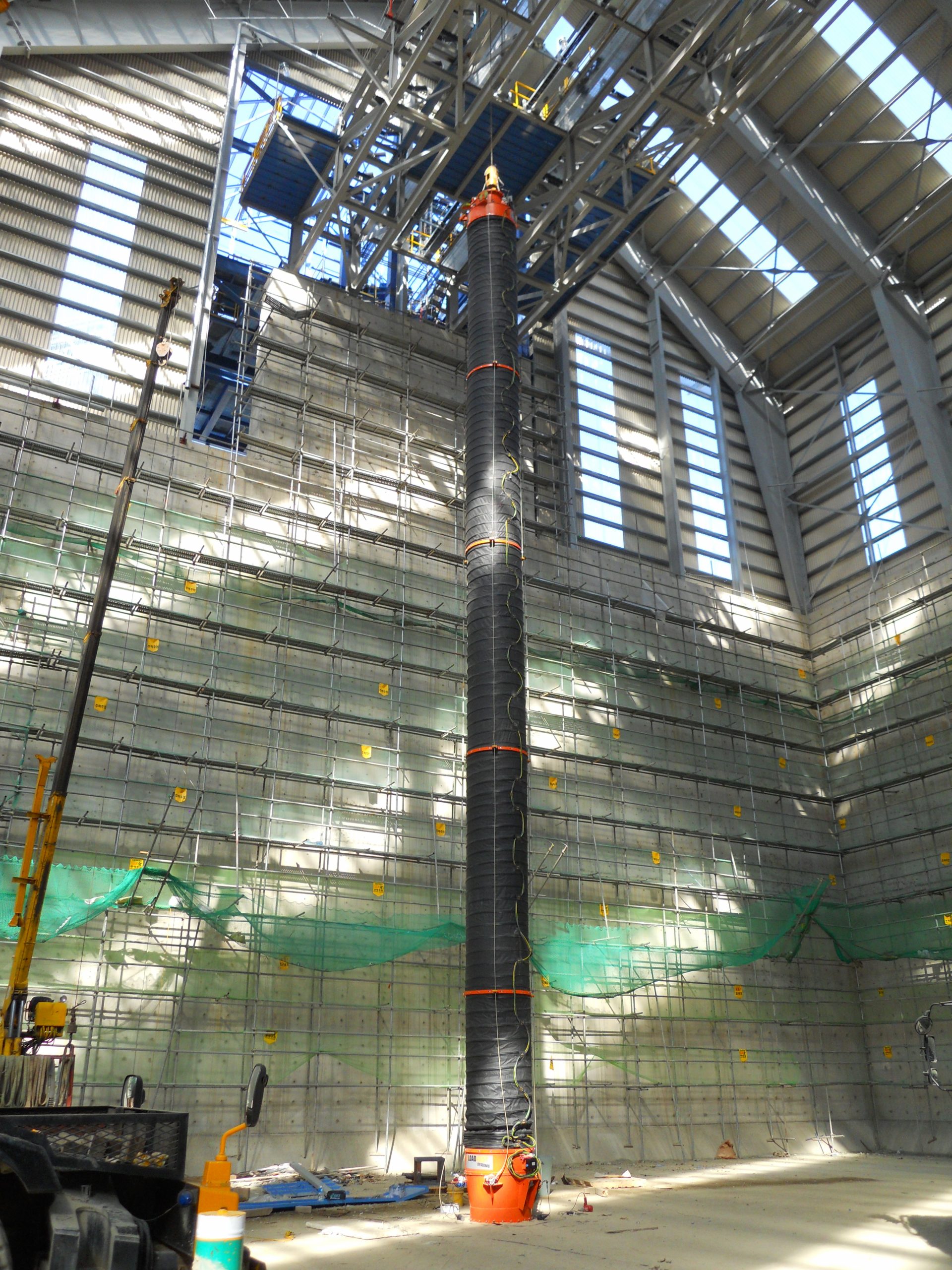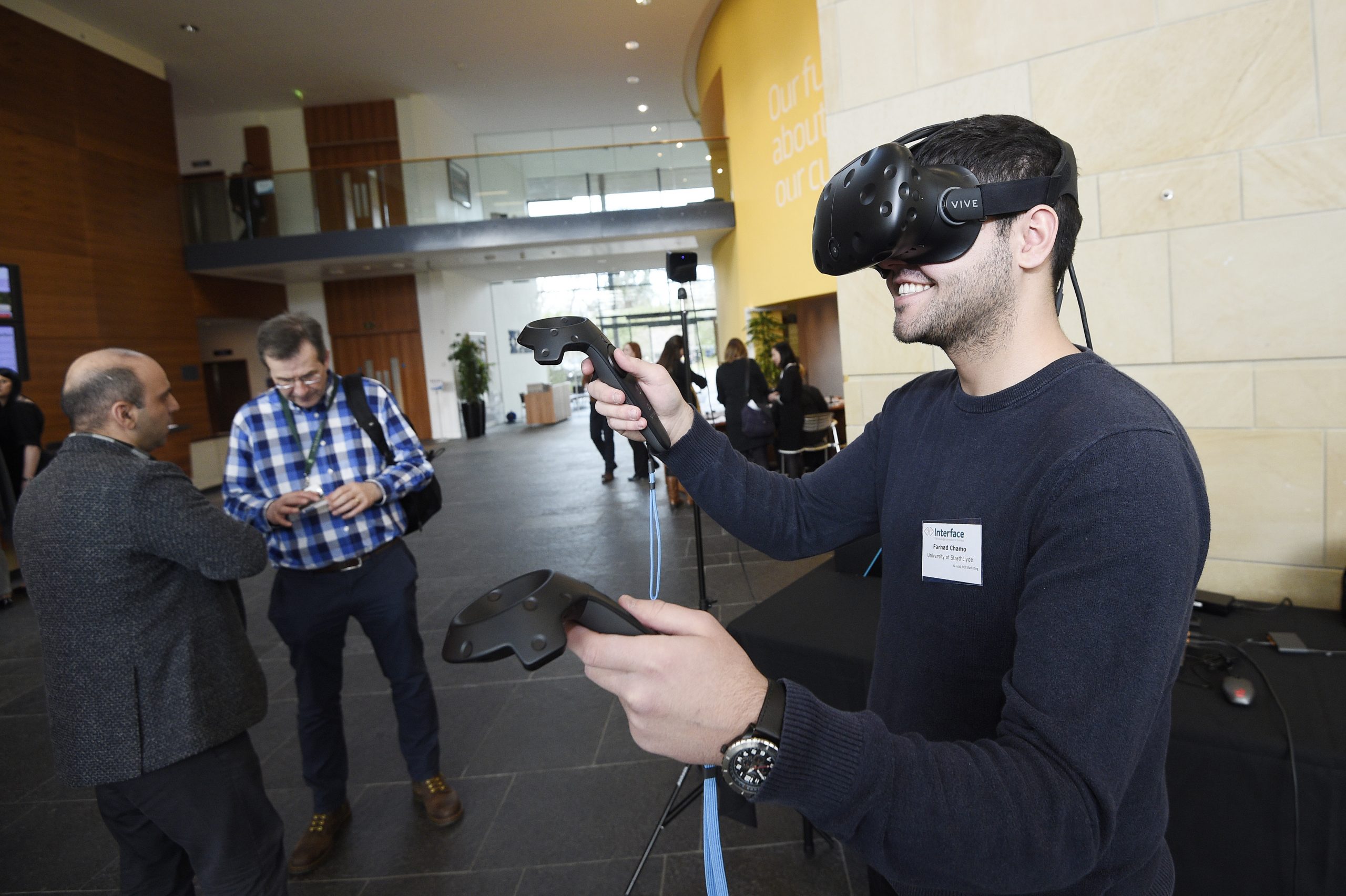Case Study
RIGOCAL Engineering Ltd

Partners
University of Edinburgh
Sectors
Engineering and Technology
Regions
Aberdeenshire
Background
RIGOCAL (which stands for “RIGOrous CALculation”) provides civil engineering, surveying and marine mammal observation services for energy, construction and offshore industries.
The guideline for offshore piling in the UK Continental Shelf, set by the Joint Nature Conservation Committee (JNCC), requires that JNCC certified Marine Mammals Observers (MMO) should monitor the presence of marine mammals within a mitigation zone around the source of noise during pile driving for offshore wind construction. The most popular way to do this is by using binoculars with the data being recorded manually by MMOs. This method faces criticism because it does not have a wide view of the area (360 degrees) and it can only be done in good visibility (daylight) with good sea conditions.
RIGOCAL is architecting the best way to use infrared (IR) cameras to detect marine mammals when they approach the sea surface in the vicinity of offshore structures under construction. Their novel concept combines machine learning with Infrared and High Definition videos to automatically detect and classify marine mammals.
Challenge
The company was looking to do a feasibility study into the development of an algorithm for the automatic extraction of marine mammals (seals, dolphins, whales, porpoises) in video images from thermally detected radiations (infrared camera) and high definition images (RGB camera).
Solution
Scottish Enterprise referred RIGOCAL on to Interface, who then put the company in contact with the Edinburgh Parallel Computing Centre (EPCC) at the University of Edinburgh as they have expertise in advanced data analytics and image recognition capability based on the utilisation of machine learning technologies. In collaborating on this project, EPCC were able to make use of its specialist facilities – namely its High-Performance Computing and Data Infrastructure located within the University.
The feasibility study was funded by a Scottish Funding Council Innovation Voucher.
Benefits
Company Benefits
EPCC closed a gap in RIGOCAL’s technical and resource capabilities for developing a machine-learning algorithm to analyse data in real-time. This innovation will change the way traditional marine mammal observation is conducted providing more accurate and consistent service at a lower cost.
The RIGOCAL approach allows a 360-degree view of the area. This approach is also innovative in that marine mammal detection will be made possible during the night and in poor visibility because of the advanced IR sensor. This will allow pile driving to start even in low visibility, especially night time, which will enable the offshore piling construction companies to operate 24/7.
As a result, RIGOCAL’s new service will contribute to reducing total operation hours, therefore cost. Cost reduction during the construction phase will lead to total cost reduction in offshore wind development, helping the industry to achieve the UK government’s goal of driving down the levelised cost of electricity.
The technology applied for this specific environmental issue will also open up new opportunities, not only from additional environmental perspectives – such as protecting birds against collision with the blades of wind turbines, and leak detection from oil pipelines – it will also save human life in the sea by allowing automatic detection of castaways.
Academic Benefits
EPCC will benefit from:
(1) increased capability in the application of advanced data analytics and machine learning,
(2) an opportunity to grow its target market across the marine/energy space, and
(3) strengthening its position as a sustainable centre collaborating with industry.
Follow-on Activity
The company has recently secured OGIC (Oil and Gas Innovation Centre) funding as well as further funding from the DataLab, which is to be used in conjunction with the OGIC funding.
Please note that Interface administers the Innovation Voucher Scheme on behalf of the Scottish Funding Council. All funding applications are reviewed on a case by case basis by the Scottish Funding Council, guidelines can be found here.


